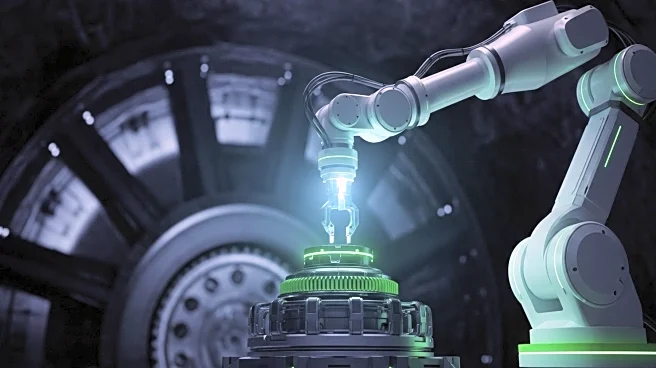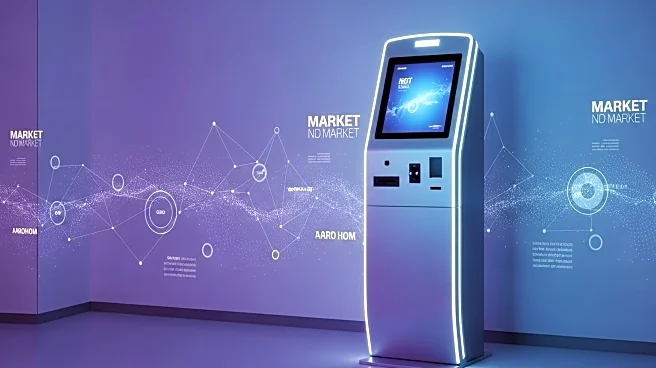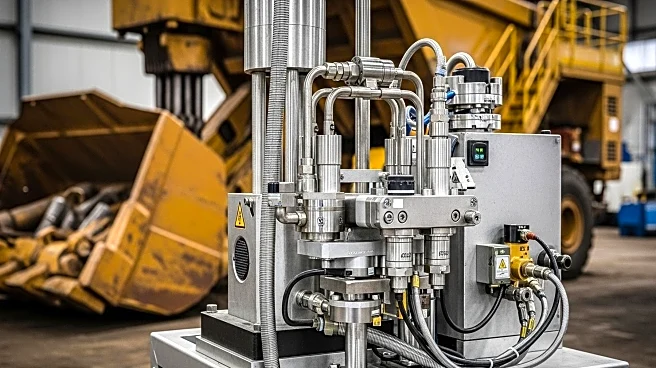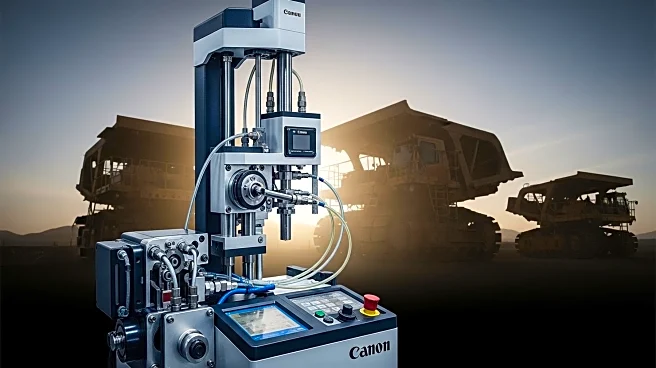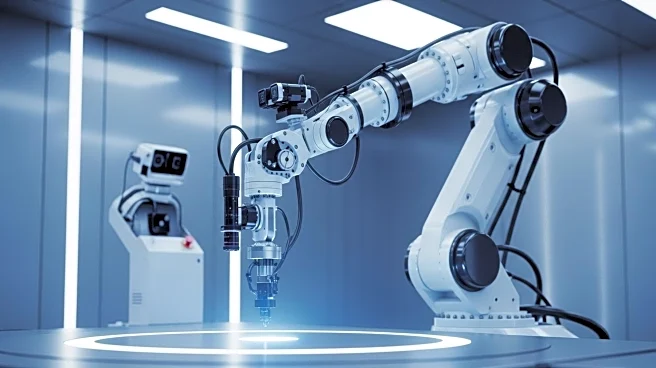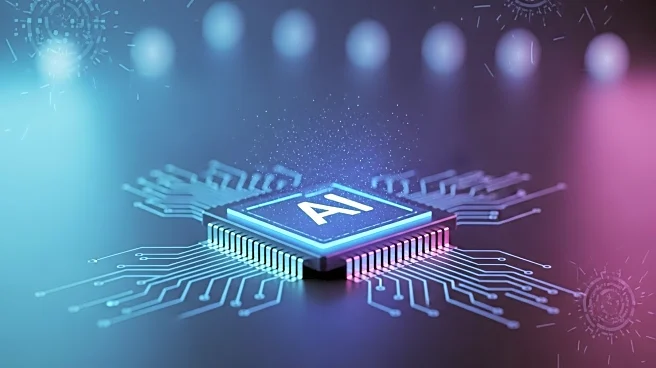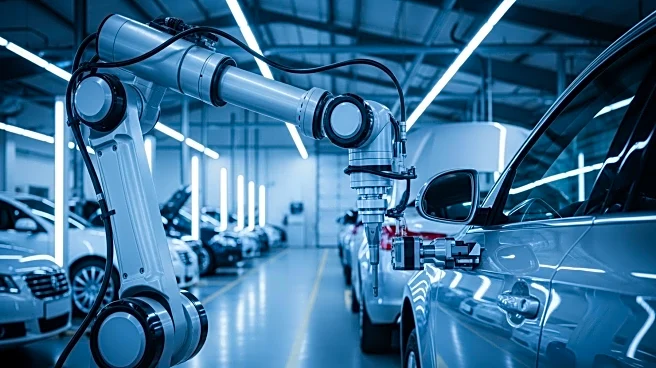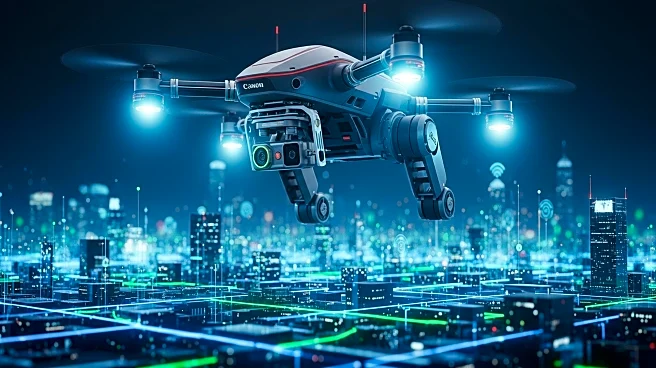What is the story about?
What's Happening?
Researchers have made significant advancements in predictive maintenance (PdM) for underground mining operations, focusing on the integration of machine learning models with oil analysis to address the unique challenges of these environments. The study, published in the journal 'Eng', proposes a methodology that combines field-acquired sensor data and oil analysis to predict equipment failures. This approach targets critical machinery such as diesel engines and hydraulic systems, which are susceptible to wear due to operational stresses. By integrating real-time sensor data with AI-driven analytics, the study aims to enhance predictive maintenance practices, making them more efficient and environmentally sustainable. The research involved collecting historical failure records, sensor measurements, and laboratory oil analysis reports from mining machinery, processed to create feature vectors for machine learning algorithms. These models demonstrated high accuracy in fault detection, enabling proactive maintenance scheduling and reducing unplanned downtime.
Why It's Important?
The development of AI-based predictive maintenance frameworks is crucial for the mining industry, particularly in underground operations where equipment failure can lead to significant safety hazards and operational disruptions. By accurately predicting equipment wear and potential failures, the system enhances safety protocols and minimizes downtime, leading to cost savings and extended equipment lifespan. The integration of oil analysis with sensor data provides a comprehensive view of equipment health, allowing for early intervention and efficient maintenance scheduling. This advancement not only improves situational awareness but also optimizes resource allocation, contributing to safer and more productive mining operations. The research sets a precedent for implementing similar intelligent maintenance strategies in other industrial environments, showcasing the transformative potential of digital and AI technologies in traditional practices.
What's Next?
The successful demonstration of AI-based predictive maintenance in underground mining suggests potential expansion into other sectors facing similar operational challenges. Future research may focus on refining these models to further enhance their accuracy and applicability across diverse industrial environments. Stakeholders in the mining industry, including equipment manufacturers and operators, are likely to explore the integration of these technologies into their maintenance protocols. Additionally, the study's findings could influence policy-making regarding safety standards and maintenance practices in mining operations. As the industry continues to embrace automation and digitalization, the adoption of AI-driven maintenance frameworks could become a standard practice, driving innovation and efficiency in mining and beyond.
Beyond the Headlines
The integration of AI in predictive maintenance raises ethical and legal considerations, particularly regarding data privacy and the reliance on automated systems for safety-critical decisions. As these technologies become more prevalent, there will be a need to establish clear guidelines and regulations to ensure responsible use and accountability. Furthermore, the shift towards AI-driven maintenance may impact the workforce, necessitating retraining and adaptation to new technologies. The long-term implications of this development could include a cultural shift in how maintenance is perceived and conducted, emphasizing proactive and data-driven approaches over traditional reactive methods.
AI Generated Content
Do you find this article useful?
